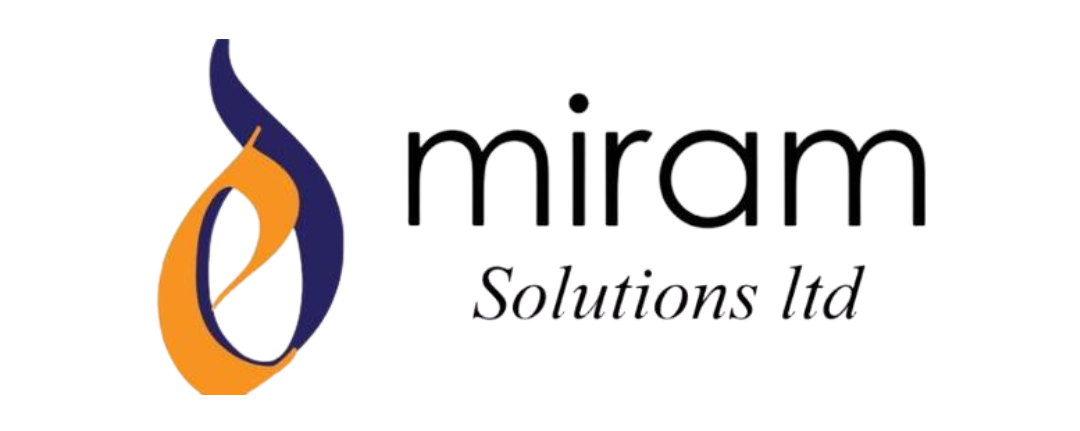Bathrooms are a common breeding ground for mold, with several types frequently found in these humid environments. The most common types of mold in bathrooms include:
1. Aspergillus: This mold thrives in damp, warm areas and can appear as a black or greenish discoloration on surfaces. It can be harmful to those with respiratory issues.
2. Cladosporium: This mold is often found on shower curtains, tiles, and other bathroom surfaces. It can cause allergic reactions and respiratory problems.
3. Penicillium: This mold can appear as a blue or greenish stain and is commonly found in areas with water damage or high humidity.
Where Mold Commonly Grows in Bathrooms
Mold often hides in plain sight—or worse, out of sight. Common problem areas include:
Shower grout and tiles (dark lines between tiles).
Ceilings and corners, especially above the shower.
Around sinks and toilets, where leaks occur.
Behind wallpaper or peeling paint.
On shower curtains, bath mats, and damp towels.
If you notice discoloration, peeling paint, or a persistent musty odor, it’s worth checking these spots closely.
Health Risks of Bathroom Mold
Bathroom mold isn’t just unsightly—it can pose health risks, especially with prolonged exposure. These include:
Allergic reactions like sneezing, coughing, watery eyes, and skin irritation.
Respiratory problems, especially for people with asthma or weakened immune systems.
Headaches, fatigue, or worsening sinus infections.
Toxic black mold (Stachybotrys) can lead to more serious long-term health issues.
Children, the elderly, and anyone with existing health conditions are particularly vulnerable.
How to Prevent Bathroom Mold
The good news: mold can be controlled with a few simple steps.
Improve ventilation: Always run an exhaust fan or open a window during and after showers.
Wipe surfaces dry: Regularly dry tiles, mirrors, and glass doors to reduce condensation.
Fix leaks fast: Even small drips under the sink can fuel mold growth.
Seal grout and tiles: Use mold-resistant sealants to make surfaces less porous.
Clean regularly: Use eco-friendly cleaners like vinegar or baking soda to remove surface mold.
Wash towels and mats weekly: Always hang them to dry instead of leaving them in a heap.
DIY vs Professional Mold Removal
For small mold patches on tiles or surfaces, you can usually manage with vinegar, baking soda, or hydrogen peroxide. Always wear gloves and ensure good ventilation while cleaning.
However, if the mold:
Covers a large area,
Keeps coming back after cleaning, or
Is found behind walls or ceilings,
…it’s time to call a professional. Hidden mold often requires specialized treatment to prevent it from spreading further.
Eco-Friendly Bathroom Mold Removal in Nairobi
At Miram solutions, we understand how stubborn bathroom mold can be. Our eco-friendly mold inspection and removal services are designed to:
Identify the source of moisture.
Safely remove mold without harsh chemicals.
Prevent mold from coming back through sealing and moisture control.
We don’t just treat the symptoms—we solve the root cause to ensure your bathroom stays clean, fresh, and healthy.
Final Thoughts
Bathroom mold is common, but it shouldn’t be ignored. With the right prevention steps and timely treatment, you can keep your bathroom fresh, safe, and mold-free.




